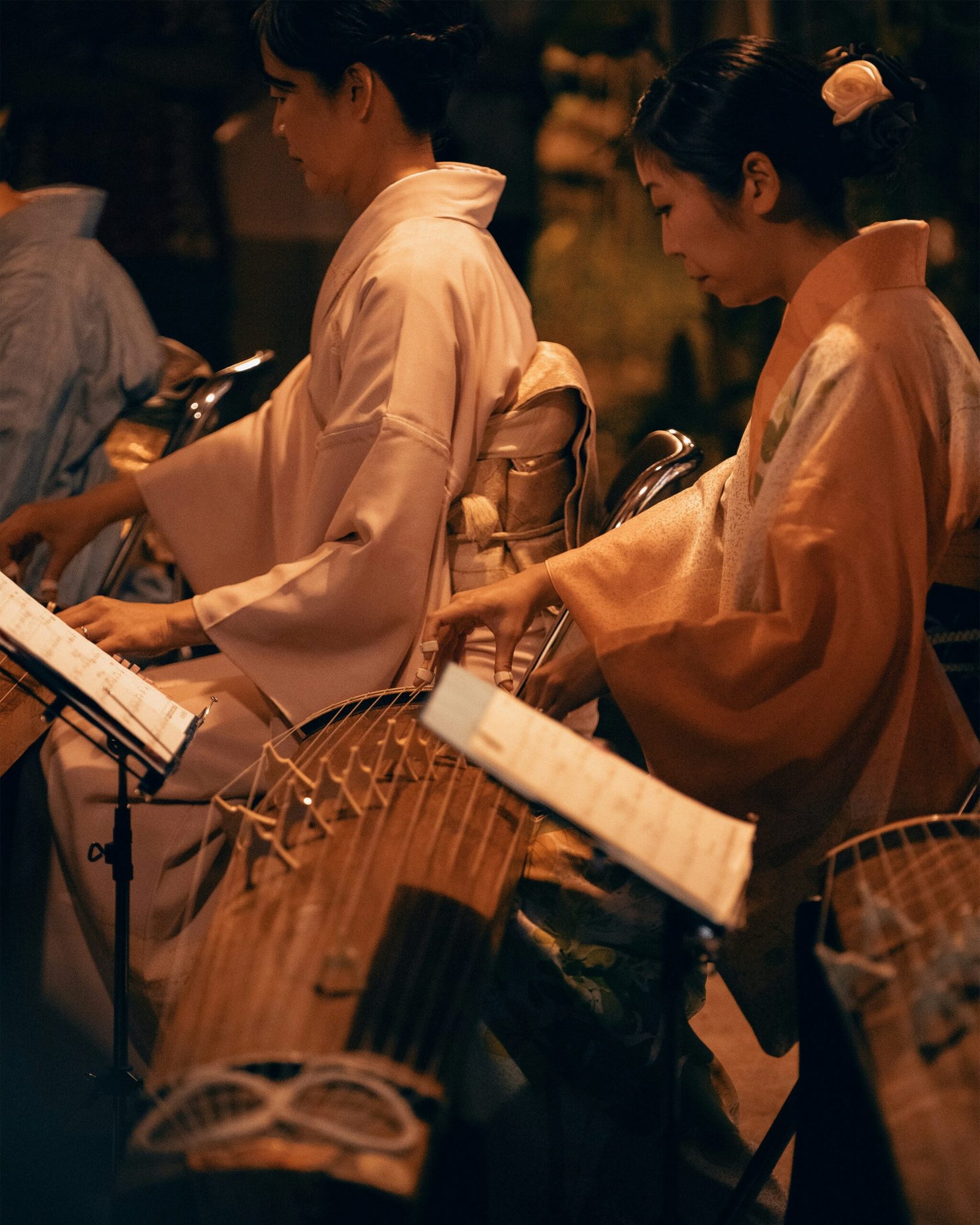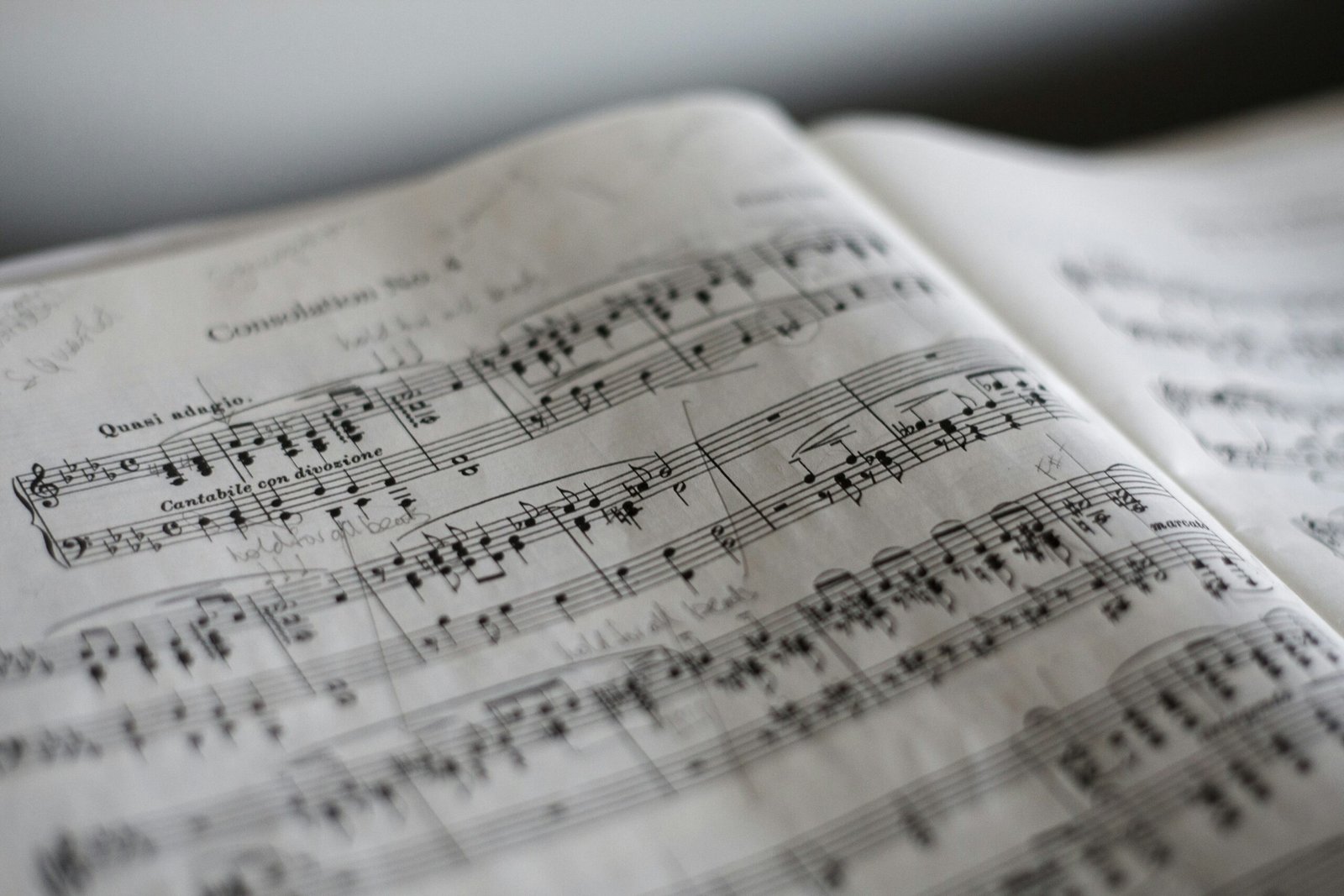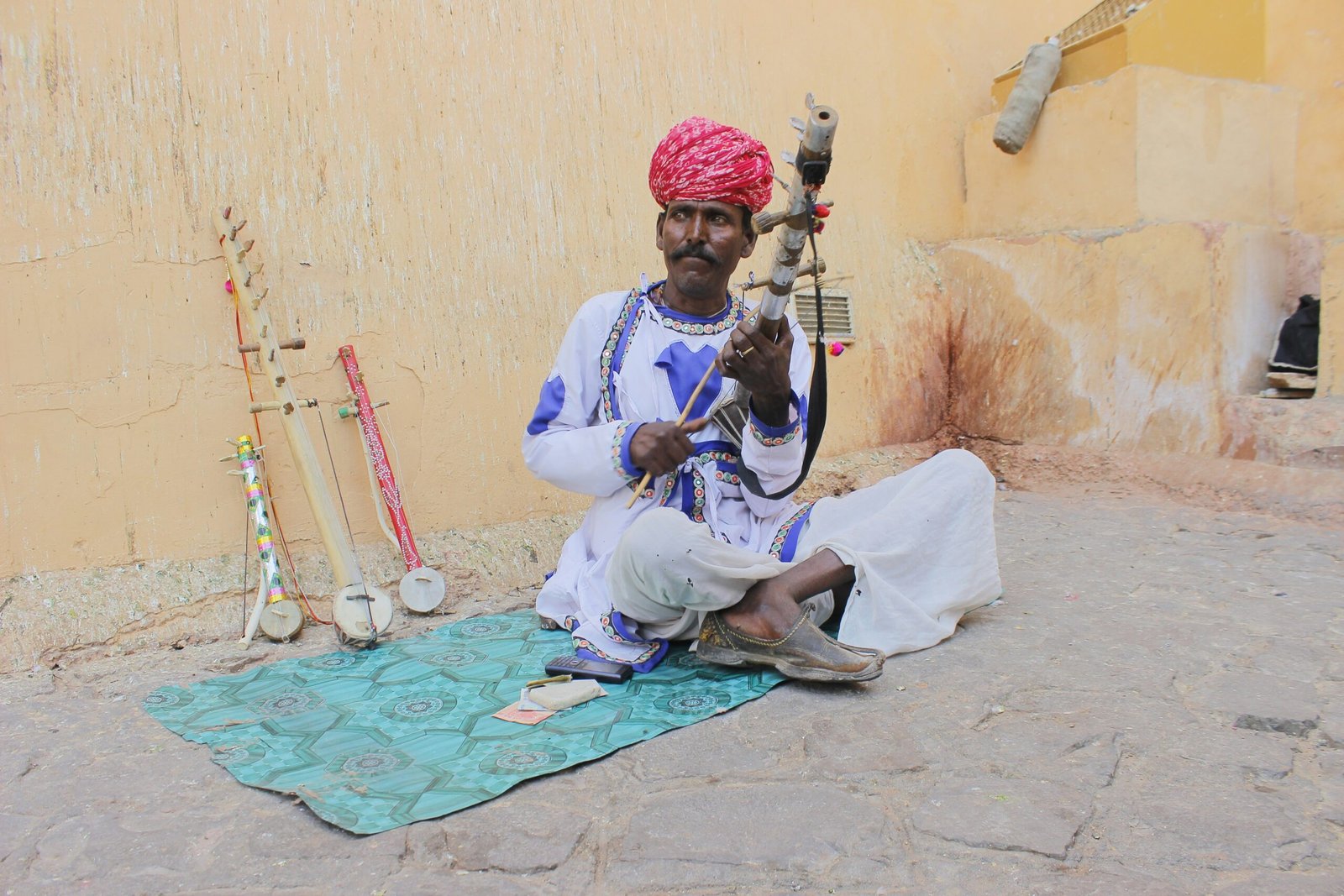
One cannot discuss Japanese traditional music without mentioning its deep roots in the country’s history and culture. The origins of hogaku can be traced back to ancient times, with influences from various sources such as Chinese and Korean music. Over the centuries, Japanese traditional music evolved and developed its unique characteristics, reflecting the values and aesthetics of the Japanese people.
One of the distinguishing features of hogaku is the wide range of traditional instruments used. These instruments are not only musical tools but also works of art in themselves. The koto, a thirteen-stringed zither, is perhaps the most well-known instrument in Japanese traditional music. Its delicate and resonant sound is often associated with the tranquility of nature. Another prominent instrument is the shakuhachi, a bamboo flute that can produce a hauntingly beautiful sound. The shamisen, a three-stringed lute, is another essential instrument in hogaku, known for its vibrant and percussive qualities.
Japanese traditional music encompasses various styles and genres, each with its unique characteristics. One of the most well-known styles is Gagaku, which refers to the ancient court music of Japan. Gagaku is characterized by its use of wind and string instruments, as well as its formal and ceremonial nature. Another popular style is Noh music, which accompanies the traditional Noh theater performances. Noh music is known for its slow and meditative melodies that evoke a sense of spirituality and introspection.
In addition to these classical styles, there are also regional variations of traditional music throughout Japan. Each region has its own distinctive musical traditions, reflecting the local customs and traditions. For example, in Okinawa, a group of islands in southern Japan, traditional music is characterized by its lively rhythms and unique instruments such as the sanshin, a three-stringed banjo-like instrument.
Japanese traditional music is not only a form of artistic expression but also a way to connect with the country’s cultural heritage. It is often performed in various settings, from formal concerts to informal gatherings. In recent years, there has been a renewed interest in hogaku, both within Japan and internationally. Many young musicians are studying traditional instruments and exploring new ways to incorporate traditional music into contemporary contexts.
In conclusion, Japanese traditional music is a testament to the rich cultural heritage of Japan. Its origins, instruments, and styles all contribute to its unique and captivating sound. Whether you are a music enthusiast or simply curious about different cultures, exploring Japanese traditional music is a fascinating journey into the heart and soul of Japan.
Origins of Japanese Traditional Music
The origins of Japanese traditional music can be traced back to ancient times. The earliest forms of music in Japan were influenced by neighboring countries such as China and Korea. However, over the centuries, Japanese musicians developed their unique styles and techniques, creating a distinct musical tradition.
One of the earliest forms of Japanese traditional music is called “gagaku.” Gagaku is a type of court music that dates back to the 7th century and is still performed today. It combines both instrumental and vocal elements and is characterized by its slow, meditative melodies.
Another significant influence on Japanese traditional music is Buddhist chanting. Buddhist monks introduced chanting as a form of religious practice, and it gradually became incorporated into traditional music. The use of vocalization and chanting is still prevalent in many Japanese traditional music performances.
As Japanese society evolved, so did its music. During the Heian period (794-1185), music played an essential role in courtly life. The aristocracy enjoyed elegant and refined performances, often accompanied by dance. The music of this era was heavily influenced by Chinese and Korean music, but Japanese musicians added their own unique elements, such as poetic lyrics and melodic patterns.
With the rise of the samurai class during the Kamakura period (1185-1333), a new form of music emerged known as “biwa hoshi.” Biwa hoshi were blind musicians who played the biwa, a traditional Japanese lute. They traveled from place to place, singing epic tales of warriors and historical events. These musical narratives, called “heike biwa,” became popular among the samurai and played a crucial role in shaping Japanese musical storytelling.
The Edo period (1603-1868) marked a significant shift in Japanese traditional music. With the establishment of the Tokugawa shogunate, the capital moved to Edo (now Tokyo), and the city became the center of cultural and artistic activities. The flourishing merchant class had a strong influence on the arts, including music. The shamisen, a three-stringed instrument, gained popularity during this time and became a staple in traditional music performances.
During the Meiji period (1868-1912), Japan underwent rapid modernization and Westernization. Western music, instruments, and musical notation were introduced, leading to the fusion of Japanese and Western musical styles. Traditional Japanese instruments, such as the koto and shakuhachi, were adapted to play Western melodies, creating a unique blend of East and West.
Today, Japanese traditional music continues to thrive, with various genres and styles representing different regions and historical periods. From the haunting melodies of gagaku to the energetic rhythms of taiko drumming, Japanese traditional music remains an integral part of the country’s cultural heritage.
Instruments Used in Japanese Traditional Music
Japanese traditional music utilizes a wide range of instruments, each with its unique sound and role in the ensemble. Here are some of the most commonly used instruments:
- Shamisen: The shamisen is a three-stringed instrument that resembles a guitar. It has a distinct twangy sound and is often used in traditional Japanese storytelling performances. The shamisen is played by plucking the strings with a plectrum called a bachi. The player uses various techniques to create different tones and effects, such as sliding the bachi along the strings or striking the body of the instrument for percussive sounds. The shamisen is not only used in storytelling performances but also in traditional folk songs and contemporary music.
- Koto: The koto is a traditional Japanese string instrument with thirteen strings. It is played by plucking the strings with picks attached to the fingers. The koto produces a delicate and melodic sound. The instrument is made of wood and has a long, rectangular body with movable bridges that allow the player to change the pitch of each string. The koto is often played solo or as part of an ensemble, accompanying traditional Japanese dance or vocal performances.
- Shakuhachi: The shakuhachi is a bamboo flute that is played vertically. It has a hauntingly beautiful sound and is often used in meditation and Zen practices. The shakuhachi has a unique construction, with five finger holes on the front and one thumb hole on the back. The player blows into the end of the flute, creating a rich and resonant tone. The shakuhachi is known for its expressive capabilities, allowing the player to bend notes and create subtle variations in pitch and tone. It is often used as a solo instrument or in ensemble settings, accompanying traditional Japanese music or improvisational performances.
- Taiko: Taiko drums are large, barrel-shaped drums that are struck with sticks. They produce a powerful and rhythmic sound and are often used in festivals and performances. The taiko drums come in various sizes, ranging from small handheld drums to massive ones that require multiple players to operate. The drums are made of wood and covered with animal skin, which gives them a resonant and deep sound. Taiko drumming is not only a musical performance but also a physical and visual spectacle, with performers showcasing their strength and coordination through synchronized movements and dynamic rhythms.
- Biwa: The biwa is a lute-like instrument with four strings. It has a deep and resonant sound and is often used in storytelling and narrative music. The instrument has a pear-shaped body made of wood and a long neck with frets. The player plucks the strings with a plectrum, creating melodic lines and accompanying the vocalist or narrator. The biwa is often associated with historical tales and epic narratives, adding emotional depth and intensity to the storytelling.
These instruments are just a glimpse into the rich and diverse world of Japanese traditional music. Each instrument has its own unique characteristics and playing techniques, contributing to the overall beauty and complexity of this ancient musical tradition.
Styles of Japanese Traditional Music
Japanese traditional music encompasses various styles and genres, each with its unique characteristics. Here are some of the most prominent styles:
- Noh: Noh is a traditional form of Japanese theater that combines music, dance, and drama. It is characterized by its slow, stylized movements and hauntingly beautiful music. The music in Noh plays a crucial role in creating the atmosphere and conveying the emotions of the characters. It often features the use of traditional instruments such as the flute, drums, and stringed instruments like the koto and shamisen.
- Kabuki: Kabuki is another form of traditional Japanese theater that features elaborate costumes, exaggerated gestures, and vibrant music. The music in Kabuki plays a crucial role in setting the mood and enhancing the dramatic effect. It often includes a variety of instruments such as the shamisen, taiko drums, and the fue (a type of flute). The music in Kabuki is known for its dynamic rhythms and melodies that range from lively and energetic to melancholic and haunting.
- Minyo: Minyo is a genre of folk music that originated in rural areas of Japan. It is characterized by its lively rhythms and catchy melodies. Minyo songs often depict everyday life and are accompanied by instruments such as the shamisen and taiko drums. The music in Minyo reflects the traditions, customs, and stories of the local communities, and it is often performed at festivals and celebrations.
- Gagaku: As mentioned earlier, gagaku is a form of court music that has been performed for centuries. It is known for its slow, meditative melodies and is often played at formal ceremonies and imperial events. Gagaku music is performed by a large ensemble of musicians playing various traditional instruments, including the sho (a mouth organ), hichiriki (a double-reed instrument), and biwa (a lute-like instrument). The music in gagaku is highly structured and follows specific melodic and rhythmic patterns.
- Shakuhachi Honkyoku: Shakuhachi honkyoku is a genre of music that is played on the shakuhachi flute. It originated from the practices of Zen Buddhist monks and is characterized by its introspective and meditative nature. The music in shakuhachi honkyoku is often improvised and focuses on exploring the expressive capabilities of the instrument. It is known for its deep, breathy tones and the ability to evoke a sense of tranquility and contemplation.
These are just a few examples of the diverse range of styles in Japanese traditional music. Each style has its own unique history, techniques, and instruments, contributing to the rich tapestry of Japan’s musical heritage.
This growing global interest in Japanese traditional music has led to the establishment of dedicated music schools and organizations outside of Japan. These institutions offer classes and workshops where students can learn to play traditional Japanese instruments such as the shamisen, koto, and shakuhachi.
Moreover, Japanese traditional music has also found its way into various forms of media and entertainment. It is not uncommon to hear traditional melodies in popular anime series, movies, and video games. This integration of traditional music into mainstream media has helped to preserve and promote the rich cultural heritage of Japan.
In addition, the influence of Japanese traditional music can be seen in contemporary art forms such as dance and theater. Traditional music often serves as the backdrop for traditional dance performances like kabuki and noh, adding depth and emotion to the storytelling.
Furthermore, the influence of Japanese traditional music extends beyond just the sound. The aesthetics and philosophies of traditional music have also inspired other art forms. For example, the concept of “ma,” which refers to the space and silence between notes, has influenced the design principles of Japanese architecture and visual arts.
Overall, Japanese traditional music continues to thrive and evolve in the modern world. Its influence can be felt not only in the music industry but also in various other aspects of Japanese culture. Whether it is through collaborations with international musicians, integration into mainstream media, or the inspiration it provides to other art forms, traditional music remains a vital and cherished part of Japan’s cultural identity.



